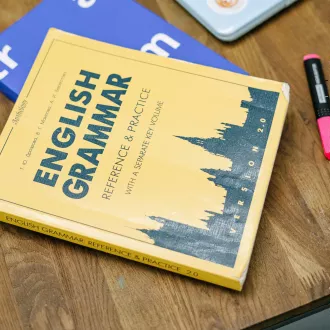Punctuation marks
English Punctuation Marks and Usage Guide
Los signos de puntuación, o punctuation marks, son los símbolos que utilizamos para organizar las oraciones y garantizar su correcta comprensión. En inglés, existen 14 punctuation marks que se usan regularmente. Estos son:
| Signo de Puntuación | Nombre en Inglés | Ejemplo | Uso |
|---|---|---|---|
| Period (.) | Period / Full stop | Mr. Johnson is not coming to dinner. | Finaliza oraciones enunciativas y abreviaturas. |
| Question mark (?) | Question mark | Did you sleep well? | Indica preguntas directas. |
| Exclamation mark (!) | Exclamation mark | Fire! | Expresa sorpresa, emoción o énfasis. |
| Comma (,) | Comma | I bought strawberries, apples, oranges, and tomatoes. | Separar elementos en una lista, vocativos, y más. |
| Colon (:) | Colon | Ghandi once said: «Be the change you want to see in the world.» | Introducir citas, explicaciones, o listas. |
| Semicolon (,) | Semicolon | There are many students from different countries in my class: three from Paris, France, one from Rio de Janeiro, Brazil, and two from Barcelona, Spain. | Separar ideas independientes estrechamente relacionadas. |
| Dash (– / —) | Dash (En Dash / Em Dash) | Laura Jackson: 1935–2020. | Indicar relaciones, énfasis o pausas en el texto. |
| Hyphen (-) | Hyphen | My sister works part-time so she can study. | Unir palabras, prefijos, o evitar ambigüedades. |
| Parentheses () | Parentheses | I love my family (I live with my parents and my two sisters). | Encerrar detalles explicativos o menos importantes. |
| Brackets [] | Brackets | How extensive were her [the victim’s] injuries? | Encerrar información técnica o adicional. |
| A |
futuro simple punctuation marks




